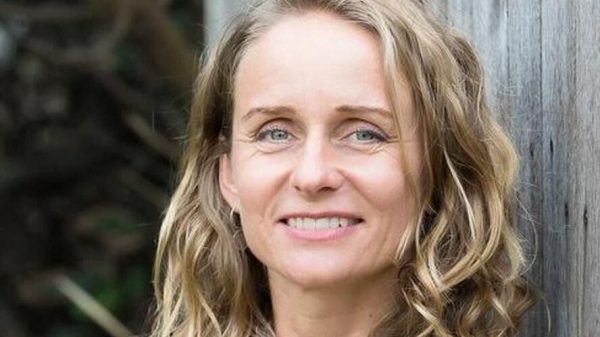The UK is on course for record hospital admissions and deaths in the coming weeks, as coronavirus cases hit an all-time high following the loosening of restrictions in December and the rapid spread of the new variant.
On Monday, the chief medical officer for England, Chris Whitty, warned that the country was approaching the worst weeks of the pandemic. Data from the first wave of Covid-19 and statistical modelling may give us some indication of just how much longer deaths, cases and hospital admissions could continue to rise.
How long will cases continue to rise?
When the UK’s first lockdown was announced on 23 March, the seven day-average figure for new cases of Covid-19 continued to rise for a further 16 days. However, in the first wave, testing was severely limited so the figures from that period will not reflect the true prevalence of the virus. We may also follow a different trajectory this time due to the highly transmissible nature of the new variant.
Nigel Marriott, a fellow of the Royal Statistical Society, said his modelling showed the latest wave may have peaked in some parts of south-east England, but that cases might continue to rise for another two weeks elsewhere.
“This new variant of Covid-19 first appeared in the Medway area in Kent and spread very rapidly,” he said. “During the second lockdown in November, the number of cases and the proportion of positive tests were still going up, unlike other areas of the country, which is what prompted the investigation that discovered the new variant.
“But now the percentage of positive tests in the Thames Gateway area – north Kent, east London and south Essex – is falling a bit, and the moving average of new cases seems to be flattening out, though I’d like a couple more days to confirm that. The rest of the country may take another couple of weeks until they reach a turning point.”
When are we likely to see hospital admissions peak?
After the first lockdown was announced, new hospital admissions for Covid-19 continued to climb until they reached a peak about two weeks later, on 7 April, when the seven-day average figure reached 3,116.
The third national lockdown in England was announced on 4 January. If hospital admissions were to follow a similar trend in this wave of the pandemic, we would be likely to see new admissions continue to increase into the third week of January.
However, the NHS Providers chief executive, Chris Hopson, said on Tuesday it was “pretty clear” the Covid-19 infection rate was not going to go down as quickly as it did during the first wave because of the new strain, and so peak demand on hospitals might not be reached until “early to mid-February”.
The latest figures show the seven-day average for hospital admissions is at 3,845, exceeding the first wave peak.
Are we likely to have a higher number of deaths in the coming weeks than we saw in the first wave?
Deaths will continue to rise after hospital admissions level off, due to the time between symptom onset and death. In the first wave, the daily death toll, based on the Office for National Statistics death certificates, continued to rise after new admissions had peaked, with the seven-day average figure peaking at 1,340 on 13 April.
Marriott said he expected deaths to peak at some time in February. He said: “I would expect to see a five-week lag between cases and deaths, so if cases peak now we’ll see deaths peak in about five weeks’ time.
“How high will that peak be? The current doubling rates for deaths are around 30 days so that could mean peak daily deaths about double where we are today. Obviously, there is a lot of uncertainty but it does look likely that the peak will be worse than the first wave.”



















































Свежие комментарии